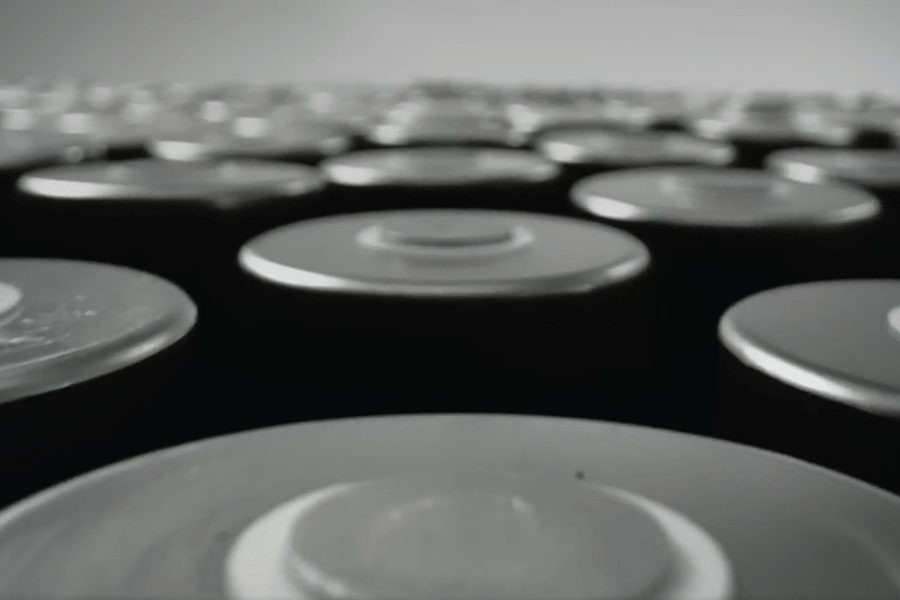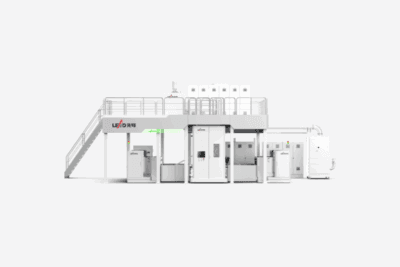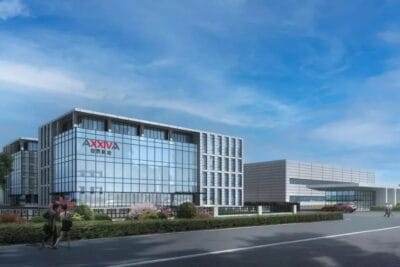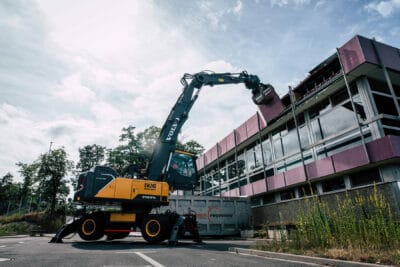Tesla facing further battery cell production delays
The previously confirmed delayed start of battery cell production at Giga Berlin now appears to have a technical reason, too, in the dry coating of electrodes. According to local media, this could hold up manufacturing even longer than earlier reports suggested.
Handelsblatt cites five experts, two close to Tesla, saying test facilities were running quite successfully, but implementation in large-scale production is lagging. “The rejects are simply too big,” one said. The insiders now expect series production by 2024 at the earliest.
Until now, energy costs and the amendment to the US tax credit for electric cars signed by US President Joe Biden in August were seen as crucial reasons for Tesla to delay complete cell production at its German plant for the time being. Instead, the company had diverted the production machines to Giga, Texas, in Austin as reported.
However, the Handelsblatt leaves open whether or not large-scale cell production at Giga Texas will also be affected by the alleged delay until 2024. Since the e-truck Tesla Semi, for example, which recently went into production, also relies on these battery cells, such a delay would be of significant impact. Until now, Tesla has been producing its 4680 cells for the Semi and the Model Y from Giga Texas, at the Tera pilot plant in Fremont. However, production capacity is limited and runs with an unknown scrap rate.
Tesla’s 4680 cells are not only supposed to have a higher energy density but also to be cheaper to produce. At the heart of cheaper production is the way the electrodes are coated. In wet coating, the active materials (in the case of an NCM cathode, lithium, nickel, cobalt and manganese) are mixed in powder form, combined with solvents and other chemicals to form a paste (slurry) and applied to the copper or aluminium carrier foil. The paste, however, only serves to spread the active materials evenly. In the next production step, the electrode is dried so that the liquid components of the paste evaporate. This requires large, energy-intensive ovens located in an equally large clean room. If the electrodes could be dry-coated directly, not only would the energy consumption of the ovens be eliminated, but the clean room could also be significantly smaller.
As Handelsblatt now states among an expert close to Tesla, the carmaker wants to reduce the capital expenditure for a production capacity of 30-gigawatt hours by more than one billion euros. In Grünheide, potentially more than 50 GWh are planned, so enormous savings are at stake.
Incidentally, the building permit for the battery cell factory in Brandenburg lasts until 2025, when the plant must be in operation. But Tesla is not under time pressure: the deadline can also be extended.
With reporting by Sebastian Schaal, Germany.
handelsblatt.com (in German)





0 Comments